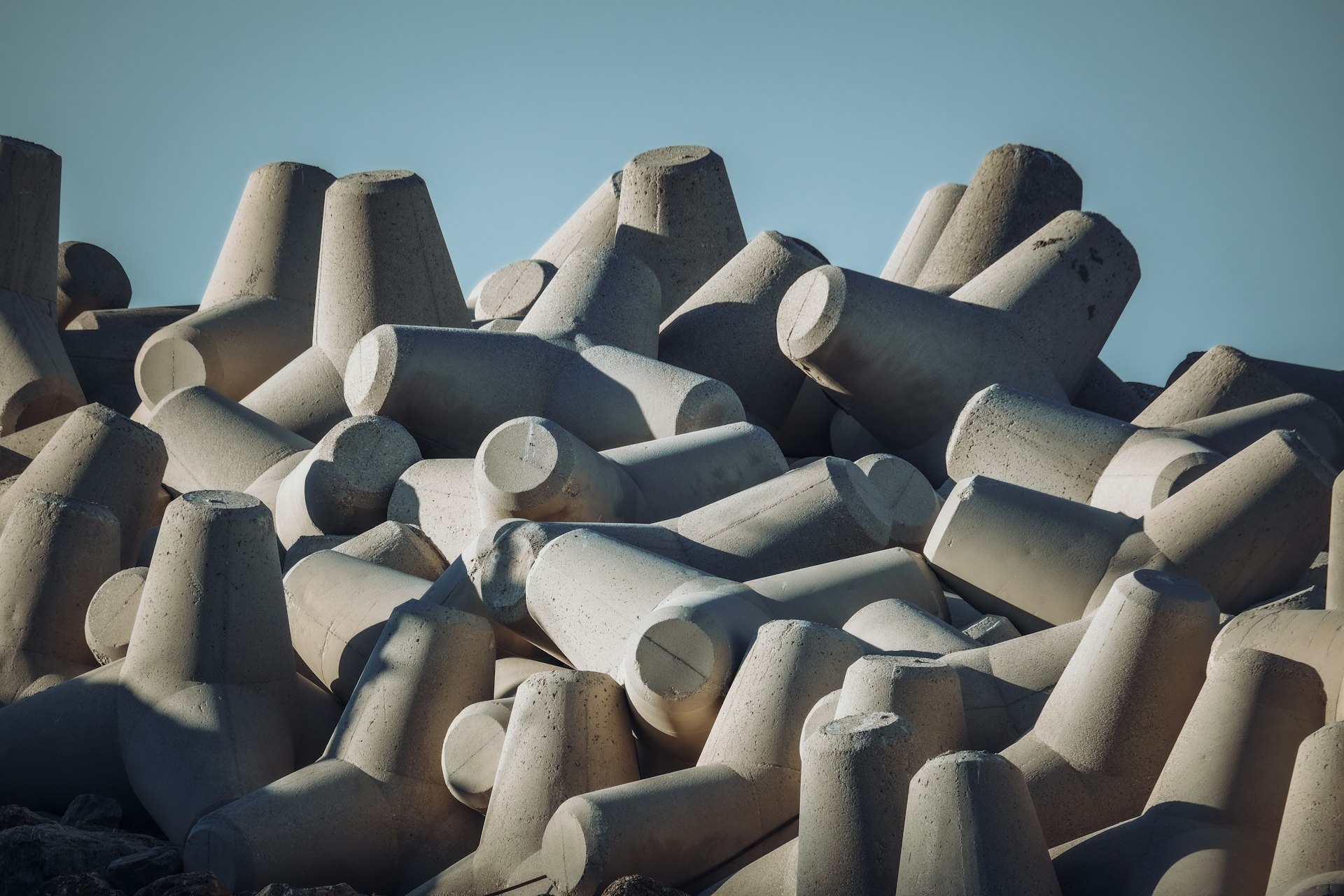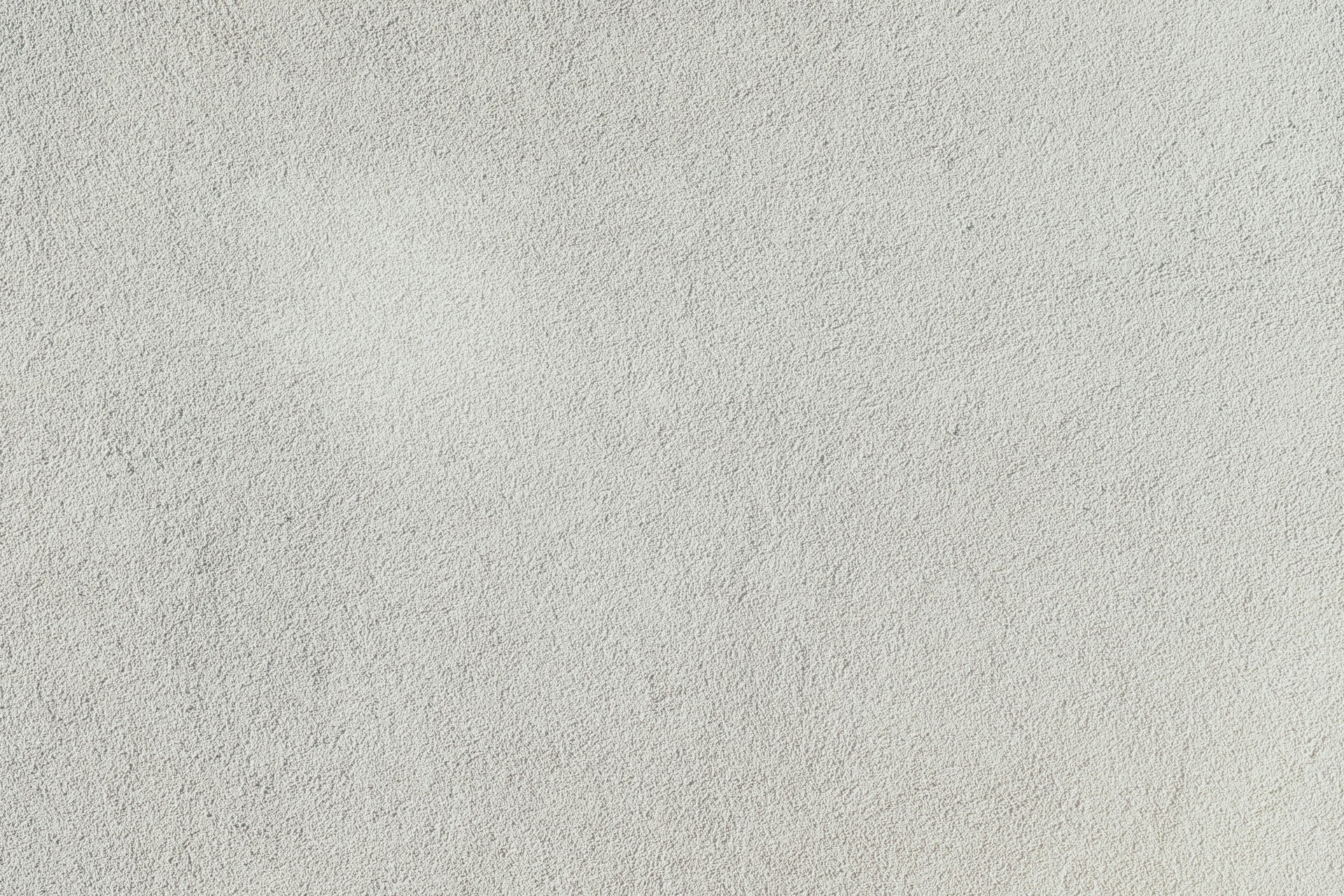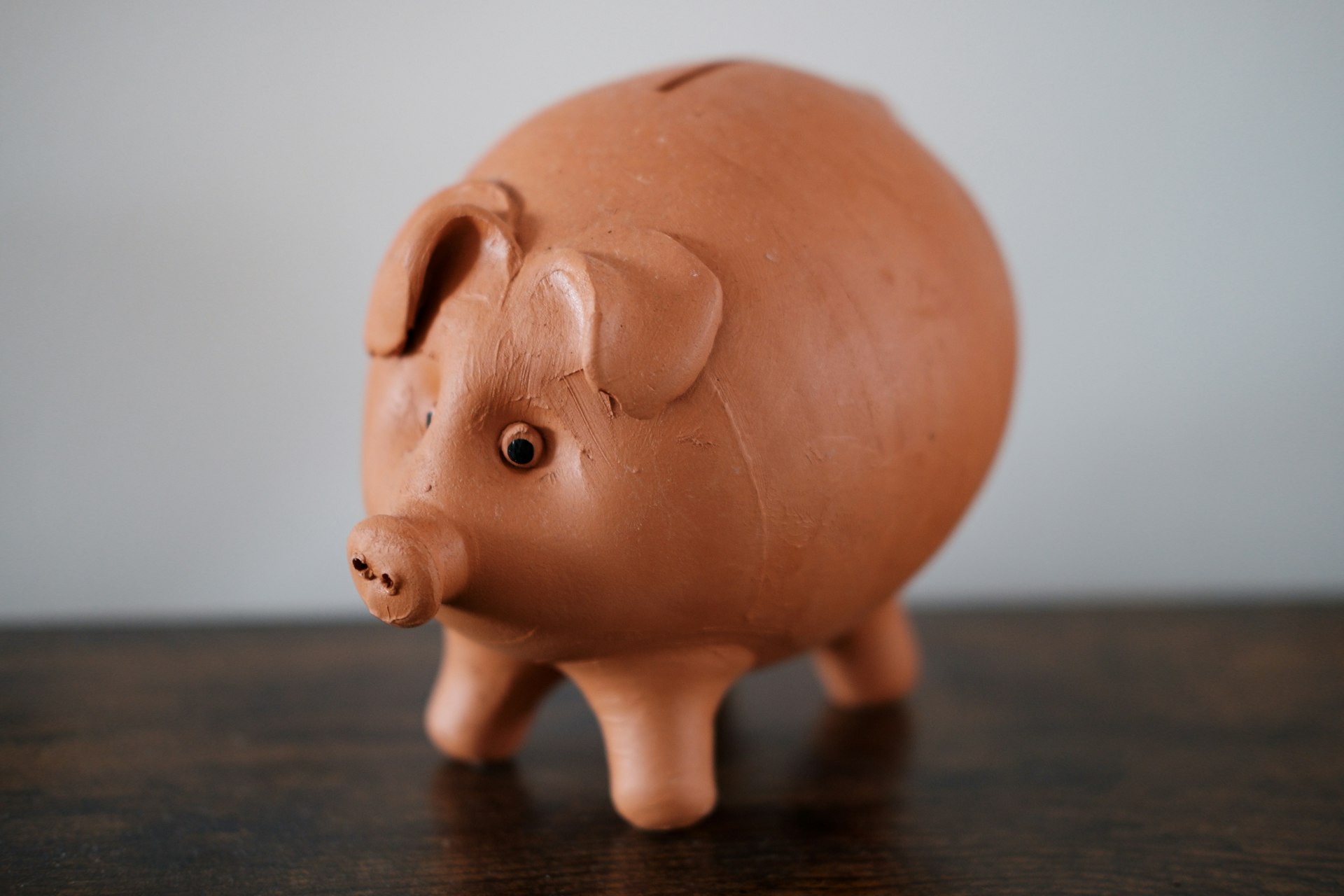Mathematics and Geometry: The Essential Tools Shaping Fashion Design

Photo by Vitaly Gariev on Unsplash
Introduction: The Overlooked Role of Mathematics in Fashion Design
Fashion design is often viewed as a purely creative pursuit, but beneath the artistry lies a core reliance on mathematics-especially geometry. From conceptualizing garment shapes to optimizing fabric usage and ensuring sustainability, math is central to every stage of the profession. Designers who harness mathematical principles not only enhance their creative output but also drive innovation and sustainability in the industry. This article explores in depth how mathematics and geometry empower fashion designers, offering practical guidance and real-world examples for professionals and aspiring creatives alike.
1. Geometry in Pattern Making and Garment Construction
The core of fashion design involves transforming two-dimensional fabric into three-dimensional garments. Geometry is the foundation of this process, dictating how flat patterns are drafted, cut, and assembled to fit the human form. Designers use principles of Euclidean geometry -measuring angles, lengths, and curves-to create templates (patterns) for each garment component. These patterns are then arranged to efficiently use fabric, minimizing waste and costs.
For example, classic techniques such as
draping
and
flat patternmaking
rely on mapping curves (like armholes and necklines) and straight lines (seams and hems) to achieve the desired fit. Designers study body measurements and proportions, using geometric formulas to translate these into pattern pieces that, when sewn together, create a well-fitting garment. This translation from concept to construction is impossible without a solid grasp of geometry
[1]
.
Step-by-step guidance:
- Take accurate body measurements using a tape measure, noting key points such as bust, waist, hips, and inseam.
- Apply geometric concepts to draft basic shapes (rectangles, circles, curves) representing garment sections.
- Use mathematical calculations to adjust pattern dimensions for different sizes or design modifications.
- Lay out pattern pieces on fabric in a way that maximizes material usage and minimizes leftover scraps.
Key takeaway:
Mastering geometry in pattern making allows designers to create garments that fit beautifully and reduce material waste.
2. Mathematical Patterns, Tessellations, and Fabric Design
Beyond construction, designers employ mathematics in the creation of textile patterns and prints. Tessellation , the tiling of a plane using one or more geometric shapes with no overlaps or gaps, is a classic example. Many well-known fabric designs-such as houndstooth, argyle, and paisley-are rooted in mathematical repetition and symmetry [2] .
Modern advances enable designers to use computer software to generate complex, mathematically inspired motifs, including fractal patterns and symmetry-based designs . These patterns are not only visually striking but can also be optimized digitally for minimal fabric waste, furthering sustainability goals.
Case Study: Japanese designer Issey Miyake collaborated with mathematician William Thurston to create the “8 Geometry Link Models as Metaphor of the Universe” collection, directly translating mathematical 3-manifolds into wearable forms.
Practical steps:

Photo by The New York Public Library on Unsplash
- Study classic geometric patterns and experiment with creating variations using drawing tools or design software.
- Utilize digital printing technology to apply precise, repeatable motifs to fabrics, reducing dye and water consumption.
- Test how different geometric patterns interact with garment shapes, considering both visual impact and efficiency in cutting.
Key takeaway:
Leveraging mathematics in fabric and surface design opens new creative possibilities and helps reduce the environmental impact of fashion.
3. Mathematics for Sustainability and Zero-Waste Design
Sustainability is an urgent concern for the fashion industry. Mathematics plays a vital role in developing eco-friendly production methods, from optimizing material usage to minimizing environmental impact. By applying
optimization algorithms
and
geometric planning
, designers can develop
zero-waste patterns
that ensure every inch of fabric is used.
Innovative designers use software to simulate how patterns can be arranged on a given fabric width, identifying the most efficient layouts. Digital tools also enable the creation of “virtual try-on” experiences, reducing the need for sample production and lowering carbon footprints [1] .
Implementation guidance:
- Explore pattern-making software that includes zero-waste layout features.
- Experiment with unconventional pattern shapes that tessellate or fit together efficiently, inspired by mathematical tiling.
- Consider the environmental benefits of digital solutions such as virtual fitting rooms or direct-to-fabric digital printing.
Alternative approaches:
If advanced software is unavailable, designers can manually experiment with paper cut-outs to find efficient layouts before committing to fabric.
4. Innovation and Creativity: Math as a Catalyst in Fashion
Mathematics is not just a production tool-it’s a source of inspiration. Many designers draw directly from mathematical principles, such as fractal geometry or the Golden Ratio , to inspire shapes, silhouettes, and visual harmony. This intersection of art and science produces garments that are both beautiful and intellectually engaging.
For example, fractal-based motifs produce self-similar patterns that echo natural forms, while the Golden Ratio can be used to achieve balanced proportions in clothing design. These approaches are increasingly accessible thanks to computational design tools, which allow rapid prototyping and exploration of complex forms [2] .
Key steps for implementation:
- Study mathematical concepts that inspire you, such as symmetry, proportion, or fractals.
- Use 3D modeling software to prototype geometric garment structures and test their feasibility.
- Research fashion collections or designers known for mathematical influence to spark your own ideas.
Example:
Jhane Barnes, a pioneering designer, consistently used mathematical algorithms to create unique textile patterns and garment structures, demonstrating the commercial and creative value of these principles.
5. Learning and Applying Mathematics in Fashion Design: Accessible Pathways
Anyone interested in fashion design can develop their mathematical skills through targeted learning and practice. Numerous universities and technical schools offer courses in pattern making, digital fashion design, and textile engineering, all of which incorporate math and geometry. For those unable to attend formal programs, online platforms and textbooks provide accessible alternatives.
Step-by-step guidance:
- Enroll in introductory pattern-making or digital design courses at local colleges, community centers, or via reputable online platforms.
- Practice geometric sketching and pattern drafting at home using simple materials such as graph paper, rulers, and measuring tapes.
- Explore open-source or trial versions of pattern design software to familiarize yourself with digital tools.
-
Connect with professional organizations such as the
Council of Fashion Designers of America
or local fashion guilds for mentorship and resources. You can find these by searching for their official sites or contacting local art and design schools for recommendations.
Alternative pathways:
Many public libraries hold books and resources on fashion math and geometry, and community makerspaces may offer workshops or mentorship programs.
6. Overcoming Challenges and Embracing Innovation
Learning to integrate math and geometry into fashion design can be challenging, especially for those with a primarily artistic background. However, stepwise learning, collaboration with technically skilled colleagues, and the use of modern design software make it increasingly accessible. Designers can overcome initial hurdles by practicing basic measurement and drafting skills, seeking out tutorials, and experimenting with both digital and manual techniques.
Ultimately, embracing mathematics enhances a designer’s toolkit, enabling them to create garments that are not only visually stunning but also efficient, sustainable, and innovative.
References
MORE FROM savvysc.com













